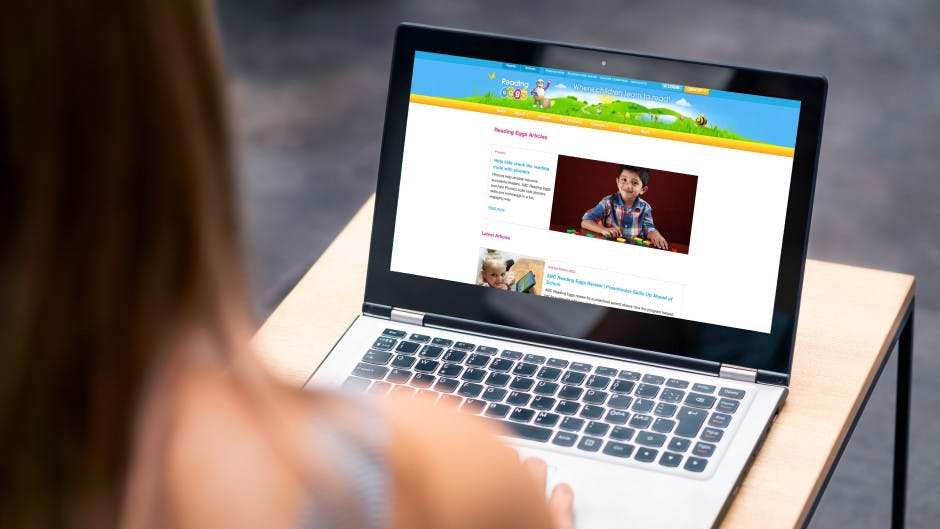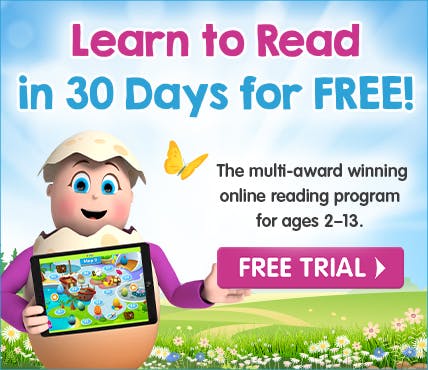


Teaching your Child to Read - 5 Tips

Teaching your child to read at home can help them develop the skills and, perhaps more importantly, a positive, self-motivated attitude that will shape their future learning experiences. Try incorporating the following into your child’s reading experience and watch how quickly their reading skills, motivation and confidence develops:
1. Sing Songs and Nursery Rhymes
Simple songs and rhymes like “Twinkle Twinkle Little Star” and “Eensy Weensy Spider” are not only memorable and fun, but help your child develop phonemic awareness, that is, the ability to identify the individual sounds in words. By reading these rhymes your child will soon pick up that rhyming words use the same sound, and regular readings of rhyming words will help reinforce these sounds.
2. Play Language Games
Use your child’s toys to keep them motivated, for instance try setting up a zoo with stuffed animals and name all the animals. Or line up all the toy cars and list their colours. Playing games like “I Spy” is a great way for your child to observe the world around them and use words and language to describe it. These games will do more than make learning fun, they will also build your child’s aural and spoken vocabulary which will help them when it comes time to read.
3. Read Books to your Child
Familiarise your child with books, pointing out the cover, the spine, and how to turn the pages. Point to the words as you read them and try to point out the connection between the pictures and the words on the page. If your child is a wiggler and it’s a struggle for them to sit still for long, find books with flaps or pulls, anything that you think might engage them for just a bit longer.
4. Ask Questions
Questions are a great way to get your child thinking about whatever activity you’ve engaged in, whether it’s singing, playing or reading. Questions get kids thinking about the content of the story or the song or the game, and help build those important comprehension abilities. And, if you ask them questions, not only are they learning how to answer questions about meaning, but they are also learning how to ask questions as well, which is a great tool to use in the quest to extract meaning from texts.
5. Have Fun
One of the most important points to remember when teaching your child to read is that children learn best when they’re having fun. Teaching your child to read while having fun will not only keep them motivated, help them retain knowledge more effectively and stay eager to read, but it will also help them form a positive attitude toward reading and learning that will serve them well throughout their education.


